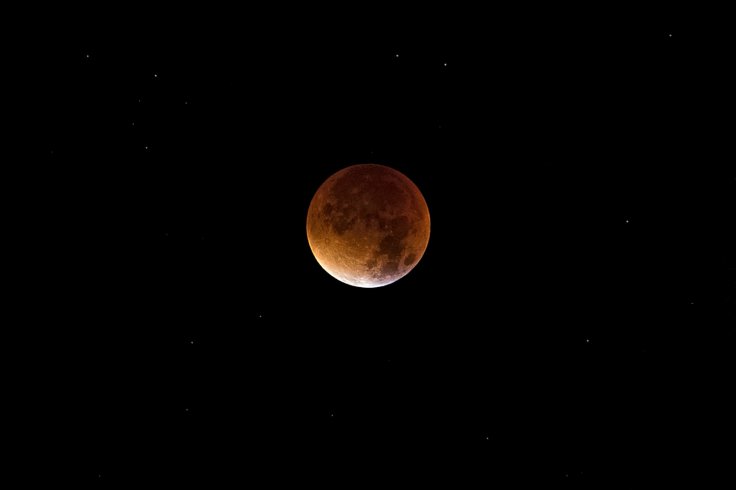A second Earth, called K2-415b, has been found just 72 light-years away circling a red dwarf star. Scientists believe this exoplanet, which is almost the same size as Earth, might shed some light on how Earth-like planets form and transform over time.
The K2-415b, as per the international team of astronomers, led by Teruyuki Hirano from the Center for Astrobiology in Japan, is about 1,015 times the radius of Earth and orbits one of the smallest red dwarf stars on which an Earth-sized world has been found. It is only 16 percent of the mass of the Sun and was first seen in the collected data from the Kepler telescope.
The researchers the new exoplanet is rocky and has a mass of between 1.3 and 5.7 Earth masses. It is believed to be one of the smallest exoplanets ever discovered.

No Life
With K2-415b being denser than Earth and located very close to its star, it is situated inside the boundary of the habitat zone. Astronomers said the planet still has an atmosphere but there is no hope to find signs of life. They explained that the close orbit puts the planet a little too close for it to be considered habitable.
However, the exoplanet is a great target for determining the characteristics of the atmosphere and studies aimed at finding hidden and potentially living worlds.
Further Observations Needed
The study which was published in The Astronomical Journal said small planets around M-dwarfs are a good laboratory for studying the atmospheric diversity of rocky planets and the conditions in which a habitable terrestrial planet can exist. It takes only four days for the exoplanet to orbit its star.
"Being one of the lowest mass stars known to host an Earth-sized transiting planet, K2-415 will be an interesting target for further follow-up observations, including additional radial velocity monitoring and transit spectroscopy," the study says.
The discovery of the Earth-like planets are rare because rocky worlds are harder to notice due to their size.









